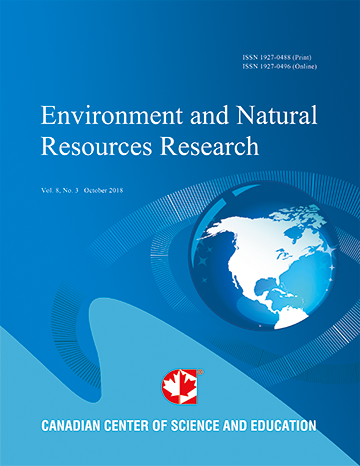Point Source Nutrient Fluxes from an Urban Coast: the Boynton (Florida) Inlet
- Thomas Carsey
- Jack Stamates
- Jia-Zhong Zhang
- Frederick Bloetscher
- Daniel Meeroff
- Charles Featherstone
Abstract
The Boynton Inlet (SE Florida, USA) is one of two tidal inlets connecting the Lake Worth Lagoon to the Atlantic Ocean. To quantitate the amount of anthropogenic materials reaching the South Florida coastal ocean and reef track, nutrient fluxes through the Boynton Inlet were measured during two 48-hour intensive studies conducted on June 4-6 and September 26-28, 2007. These studies combined analyses of water samples taken at regular intervals in the Boynton Inlet with acoustic Doppler current profiler (ADCP) measurements of the flow through the inlet. Data collected include concentrations of nutrients (silicate [Si], orthophosphate [PO4], ammonium [NH4], nitrate+nitrite [N+N]), isotope ratios of nitrogen, and physical parameters that included pH, salinity, total suspended solids (TSS), and turbidity. The study found a significant but highly variable flux of nutrients in the eight outgoing (ebb) tidal pulses sampled. Daily fluxes of nitrate+nitrite ranged from 16 to 565 kg N, silicate from 564 to 5197 kg Si, phosphate from 154 to 309 kg P, and ammonium from 34 to 354 kg N. These results are compared with other sources of nutrient inputs into the coastal environment. Inlets are a significant source of offshore nutrients.
- Full Text:
 PDF
PDF
- DOI:10.5539/enrr.v5n2p121
Journal Metrics
Google-based Impact Factor (2016): 6.22
h-index (November 2017): 12
i10-index (November 2017): 19
h5-index (November 2017): 11
h5-median (November 2017): 12
Index
Contact
- Emily LinEditorial Assistant
- enrr@ccsenet.org
